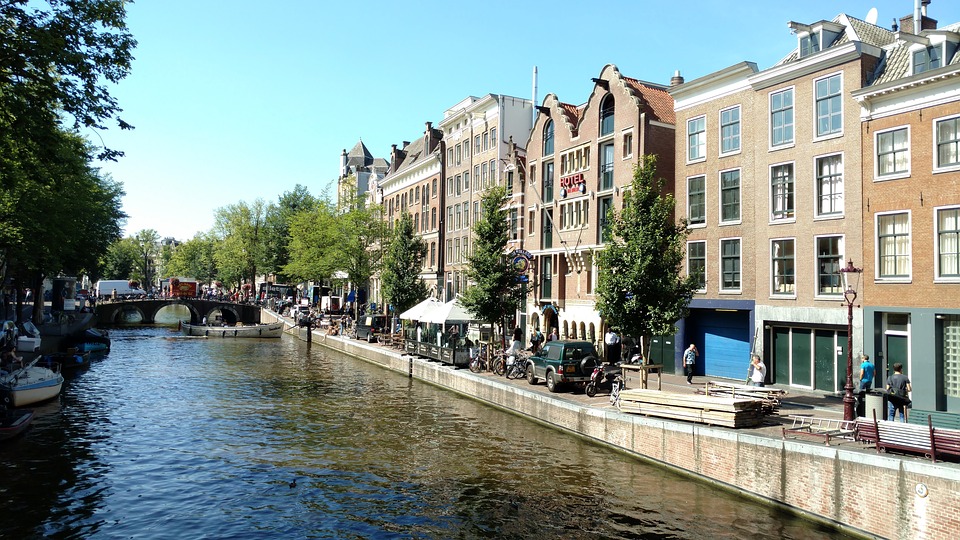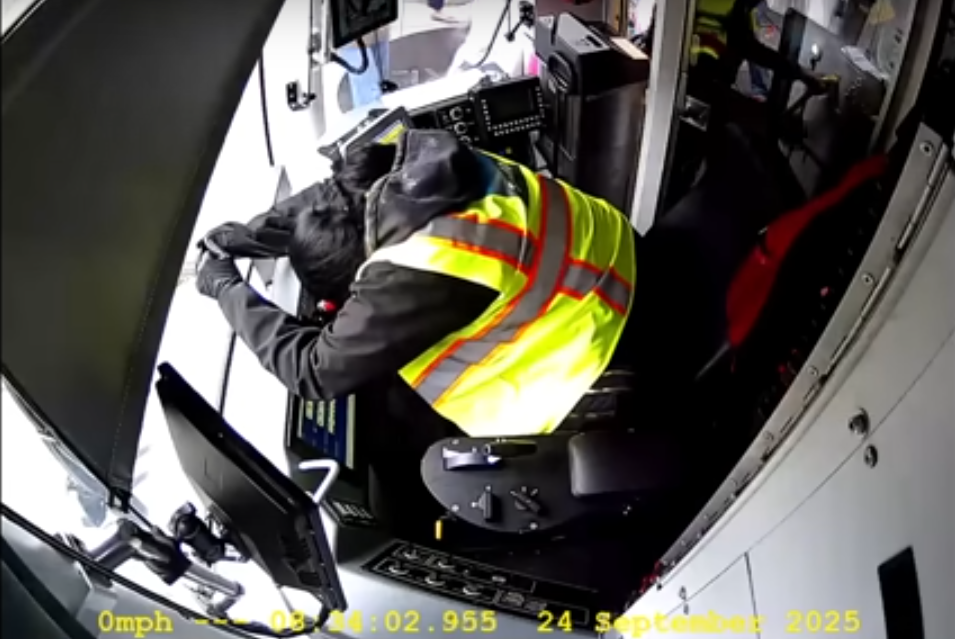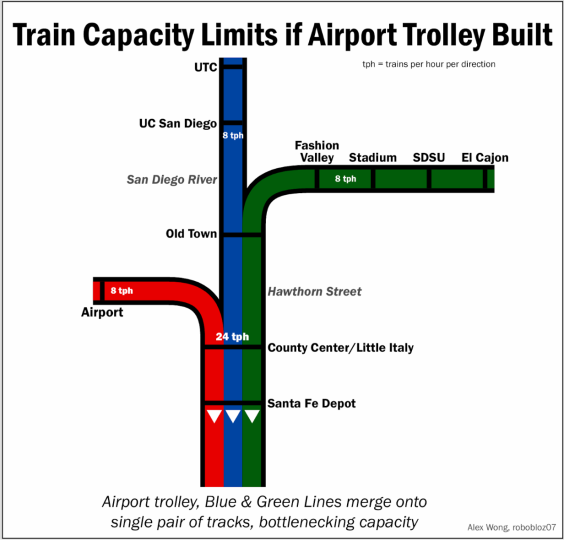If San Francisco doesn't want to end up flooded, it better learn from the Dutch. That was the theme of a panel discussion held yesterday afternoon at the San Francisco Bay Area Planning and Urban Research Association (SPUR)'s downtown location. "Holland has a culture of urgency. Compared to our experiences here, they’re not hung up about collective action," said Tom Leader with TLS Landscape Architecture. "They just make things happen."
Leader, along with other panelists and members of SPUR's staff, got to tour and study water infrastructure in the Netherlands last Fall. Laura Tam, SPUR's Sustainable Development Policy Director, who moderated the discussion, said how impressed they were with Dutch infrastructure and the country's capacity for "economic resilience and regeneration" after floods.
Michael Yarne, a panelist with BUILD, focused on the politics and land ownership economics that allow the Dutch to build large infrastructure projects, such as dikes and other water diversion and pumping systems, in the middle of cities. "I kept scratching my head, how do they do it? How do they manage to invest in this kind of long-term, high quality investment?" he said. The answer surprised him and, unfortunately, would be difficult to duplicate. "95 percent of the land in Amsterdam is owned by the government," he said. "Almost every project you see, private or public, is on a ground lease. It allows...a highly efficient public sector that knows how to negotiate with the private sector."
Yarne explained that because most of the land is collectively owned, it allows the city to think longer term about the value of large public works projects. "Our land and tax system doesn’t allow us to do this, but that doesn’t mean we can’t learn from the Netherlands," he said.
For example, he showed a picture of a Dutch dike. But it didn't look like a big wall holding back water, as one might expect. Instead, it is topped off with paths and greenery and a playground. "The infrastructure is so integrated that you don’t even notice it...the dikes create a whole new landscape."
Collaborating and creating large-scale water-management infrastructure is something that grew out of necessity in the Netherlands, he explained. Because of constant flooding and the disease it brings, centuries ago the Netherlands formed "water boards" to manage and control water flow. "Property owners banded together to...manage the dikes," he explained.

Andrew Wolfram of TEF Design gave an even more dramatic example of how the Dutch have collaborated on huge water projects. He talked about the Nijmegen, a city on the Waal river. "The river has a bottleneck," said Wolfram. "And when there's excessive rains...the lower areas of the city flood, including the historic center. So a project they’ve been studying for a long time is to relocate the dike and the river."
The project was named the "Room for the River Project" and it involved creating a bypass around the pinch point in the river so water would have someplace to go aside from the historic core when there are heavy rains. They also created a new island and bridges. But, in Dutch tradition, they didn't stop there. "They created an amphitheater along the river, so it could be occupied during the summer," said Wolfram. "It's become an integral part of the city."
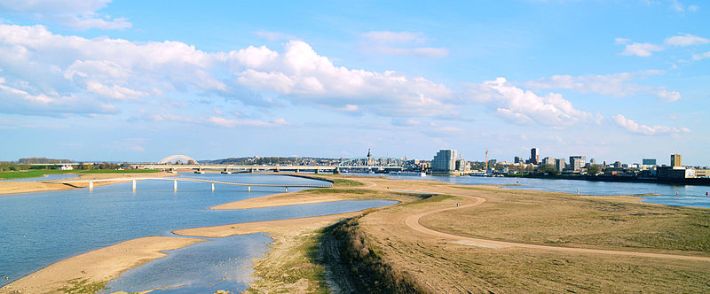
"In Amsterdam, when it rains 'where does the water go' is always the question," said Leader. He talked about a parking lot where they replaced the asphalt with a mosaic of concrete and permeable gravel, so that water can drain straight down into a pumping system.
He also showed photos of the Water Square in Rotterdam. It appears to be a large public square with several levels. But its actually part of a large pumping system. And during a heavy rain, if the drainage is overwhelmed, the depressed areas can be filled with water and double as a catch basin. "Clearly this is taking the bull by the horns; putting functional urgency in the center of these squares," he said. "We’ve been ripping out plazas that are below the street, but the Dutch are doing the opposite to contain and manage water."
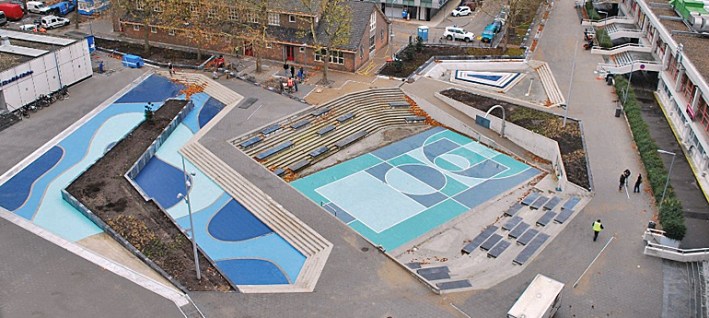
So what does this say about the Bay Area and how it will respond to rising sea levels--and the increased danger of flooding that it carries? The panelists pointed out that even if the Bay Area builds a system of large dikes around the Bay, at some point a bad flood may overwhelm them. San Francisco, they said, needs to manage floods and prepare diversions and storage areas for when the worst happens. "As we start to build levees towards the Bay, where will water go?" said Leader. "The city itself has to manage its own run-off."
An audience member reminded everyone that in the 1953 North Sea Flood, dikes failed and about 2,000 people died. They learned from that experience. "The Dutch have a saying that water always wins," said the audience member. "It's not about the walls, it’s about the integration."
The panelists added that the kind of infighting and parochial interests that jam up large public works projects in the Bay Area are less prevalent in the Netherlands. Leader said the Bay Area will change its priorities too. "This will be changed by natural catastrophe," he added. "But I wish it can happen sooner."
For more events like these, visit SPUR’s events page.
